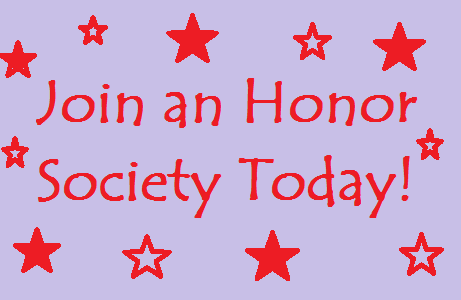Personal Branding Step 2: Identify Your Target Audience
Oct 06,2020
Now that you’ve explored yourself, what makes you tick, and what makes you happy, it’s time to think about your target audience. Who are you marketing to? What kind of companies do you want to approach you? What is your dream job and what companies provide this dream job? It’s always important to think beyond yourself and consider the audience – the very people who are consuming the brand content.
As I hinted in the previous chapter, one of the biggest mistakes you can make with a personal brand is trying to appeal to everyone. Not everyone is going to be your “ideal” client. In fact, wasting time on people who do not have your dream job at the other end is only going to detract from the time you could have been spending to enrich your future.
In order to find the right companies, jobs, and partners, you need to be willing to say no to the ones that aren’t right for you. This means that you need to identify a specific target audience and build a brand that is going to resonate with them.
Don’t let this confuse you into thinking you need to make a persona. Rather, you need to harness your brand, yourself, and your quirks, and what kind of content you can make with your personality that these audience members are going to like.
The best way to get started with this is a little exercise: creating your dream client (job offering).
Your Dream Job/Career
If I sat you down right now and told you that you could have any job in the world, what would your answer be? Think about that job, the companies that offer that job, and the people that work at that job. You really want to explore the details of it so that you can better understand your audience.
Let’s say you want to be an editor at a fashion magazine in New York City. What do those current editors do right now? What does their social media look like? Do they spend time writing their think pieces and positioning themselves as thought leaders? Do they have their own blogs where they share their personal fashion? Do your homework and learn more about the content they are producing.
It’s not always roses, either. What do you think are the challenges in this position? Probably work-life balance, right?
Dive deeper and consider the following details:
- Demographics: what is the average age, relationship status, income, etc. for this role?
- Desires and aspirations: what do a fashion editors desire for their future? To own the fashion magazine?
- Challenges: what do editors struggle with – can you handle those struggles?
Take time to research this profile so you can sit back and understand if that’s the profile you want for yourself. If you notice that the current editors put a ton of time into their own personal blog, then consider launching your own personal blog as part of your brand. Continue to be yourself and share content related to what makes you happy, of course, but format it and bundle it up in a way that is going to resonate with your audience.
Always consider who you are trying to reach with your brand. If you are going after a more millennial job, then your social media presence is going to be paramount. However, if you want to join a skills trade and get down and dirty with your hands, then you may want to consider the importance of professional groups and local networking. It’s all about understanding where your audience resides.
In the coming chapters, we are going to look at the specifics of how to build a tangible personal brand that is right for your interests. We’re going to look at your online presence, personal image, and physical assets, like business cards, as well as following the experts, and most importantly, engaging in networking.
Are you ready to get started?





